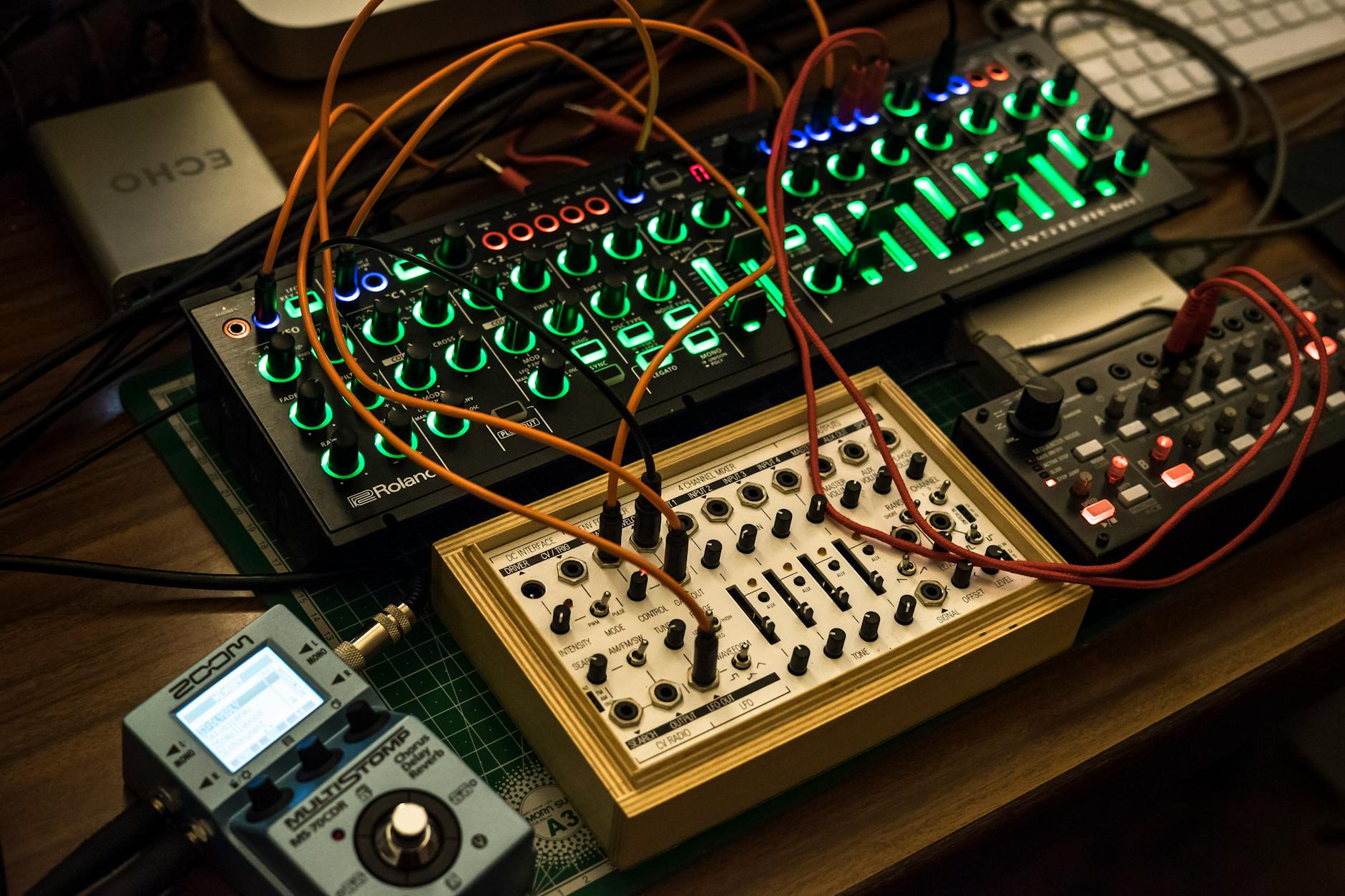House music, known for its infectious grooves and pulsating basslines, has always been at the forefront of technological innovation. However, a heated debate has recently flared up within the community: analogue vs. digital production techniques. This clash pits proponents of classic hardware synthesizers and samplers against advocates for the efficiency and versatility of digital audio workstations (DAWs).
The Allure of Analogue: Warmth, Soul, and Happy Accidents
Die-hard analogue enthusiasts swear by the unique warmth and character imparted by vintage synthesizers and drum machines. They champion the unpredictable nature of analogue gear, where happy accidents and subtle imperfections lead to a more organic and soulful sound. With analogue equipment, producers become intimately familiar with their instruments, fostering a deeper level of creative exploration.
Digital’s Powerhouse: Efficiency, Control, and Endless Possibilities
The digital camp counters with the undeniable advantages of DAWs. Modern software offers a staggering array of virtual instruments, effects processors, and limitless recording capabilities. This allows for pinpoint precision, seamless editing, and endless sonic manipulation. Additionally, the digital workflow can be significantly faster and more cost-effective compared to the sometimes finicky and expensive analogue equipment.
Beyond the Binary: A Spectrum of Creativity
The reality is that most house music producers today employ a hybrid approach. They seamlessly integrate both analogue and digital elements into their workflow. Utilizing analogue synths for their raw sounds and digital tools for editing and experimentation creates a unique sonic palette. This approach allows them to leverage the strengths of both worlds, resulting in a dynamic and nuanced production style.
The Future of House Music Production: Embracing Innovation
The debate between analogue and digital is ultimately a testament to the constant evolution of house music. Both approaches offer distinct advantages and contribute to the genre’s rich tapestry. As technology continues to advance, new tools and techniques will undoubtedly emerge. What truly matters is the creativity and vision of the artist, who will utilize whichever platform allows them to express their musical ideas most effectively.




